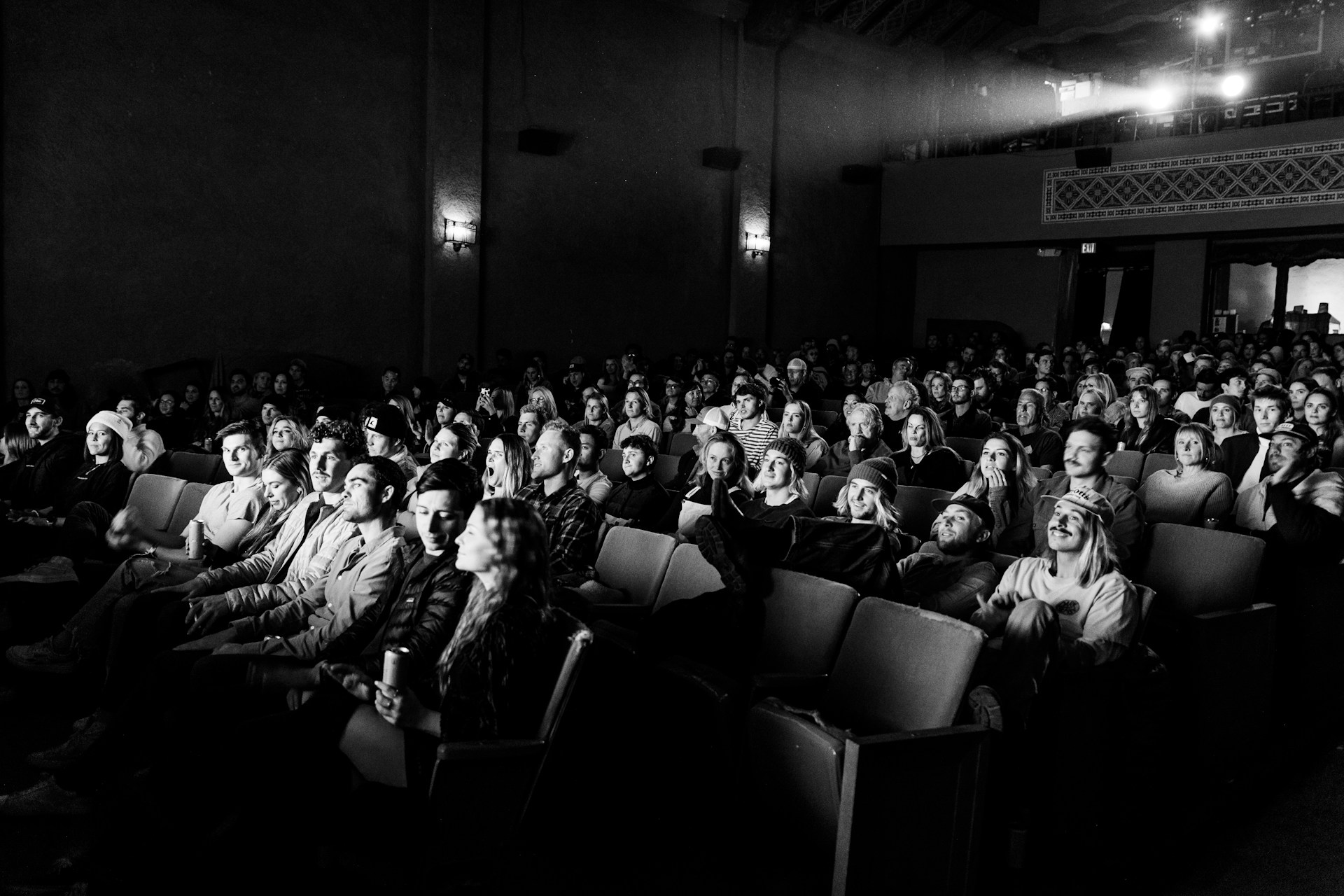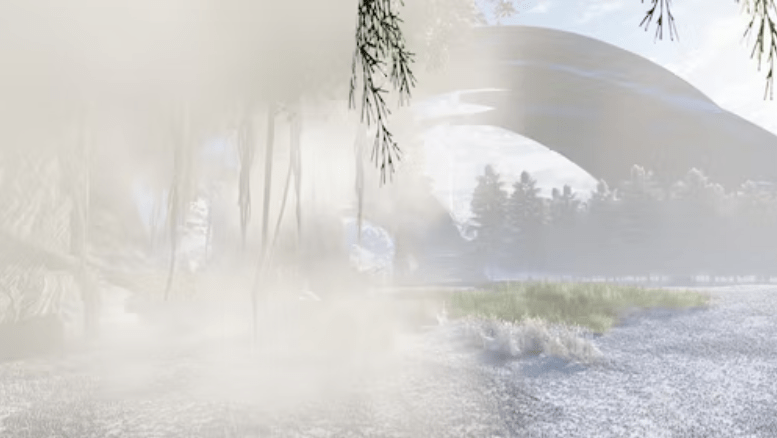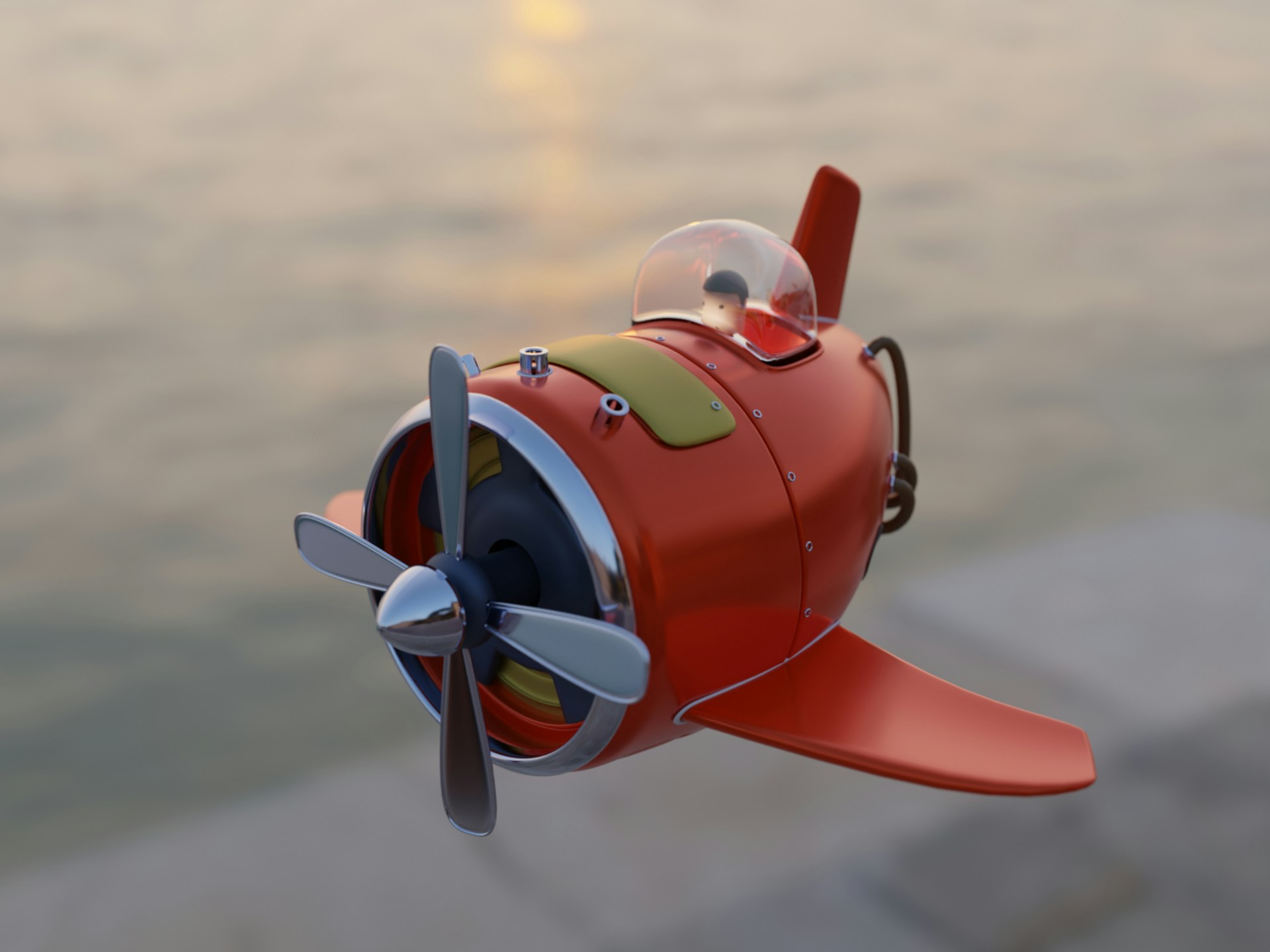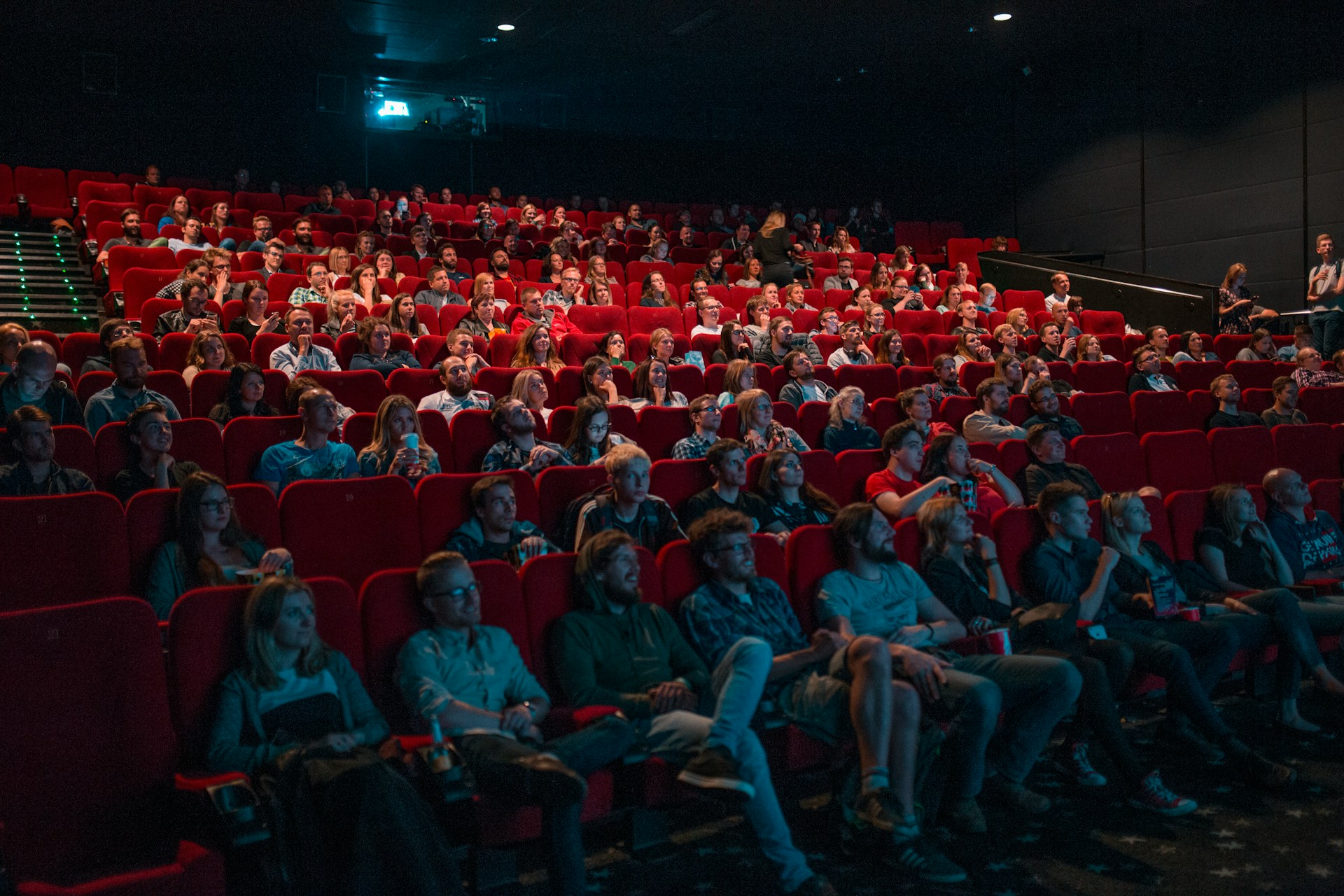The significance of animated documentaries in contemporary media is profound. They not only challenge the conventional norms of storytelling but also expand the possibilities for documentary filmmakers to express complex, often unrepresentable realities. From portraying subjective experiences to visualizing abstract concepts, these films use animation to delve deeper into the human condition, making intangible or challenging subjects more accessible and relatable to a broader audience.
Here we aim to unravel the unique blend of reality and creativity that animated documentaries embody, offering a fresh perspective on a rapidly evolving film genre.
The Evolution of Documentaries
The documentary genre has undergone significant transformations since its inception. Traditionally, documentaries were perceived as a medium for presenting factual, unembellished reality, often through live-action footage and interviews. This form of storytelling, dating back to the early 20th century, has been a powerful tool for educating and informing the public about various social, cultural, and political issues.
The turning point in the evolution of documentaries came with the advent of animation in this sphere. Although animation has been a part of film history since the early 1900s, its integration into documentary filmmaking marked a significant shift. The first notable instance of this fusion can be traced back to the 1950s, with films like “Night and Fog” (1956) by Alain Resnais, which used animation sparingly to illustrate moments where live-action footage was unavailable or inappropriate.
Over the decades, the role of animation in documentaries has grown more prominent. The late 20th and early 21st centuries witnessed a surge in animated documentaries, with pivotal works such as “Waltz with Bashir” (2008) by Ari Folman and “Persepolis” (2007) by Marjane Satrapi. These films not only received critical acclaim but also showcased the potential of animation in depicting personal narratives and historical events in ways that live-action could not.
“Waltz with Bashir,” for instance, uniquely utilized animation to explore the director’s lost memories of the 1982 Lebanon War. Its blend of surreal imagery and authentic narrative exemplifies the genre’s capacity to navigate complex emotional landscapes. “Persepolis,” on the other hand, adapted from Satrapi’s graphic novel, used stark black-and-white animation to deliver a powerful coming-of-age story set against the backdrop of the Iranian Revolution.
These milestones in animated documentary filmmaking demonstrate a significant shift from the traditional documentary style, paving the way for new storytelling techniques that blend factual content with creative expression.
Defining Animated Documentaries
At its core, an animated documentary is defined by its use of animation to represent real events, stories, or experiences. Unlike traditional documentaries, which rely heavily on live footage, interviews, and real-world images, animated documentaries use various animation techniques, including traditional hand-drawn animation, computer-generated imagery (CGI), stop-motion, and others, to convey their narrative.
The primary distinction between animated and traditional documentaries lies in the approach to depicting reality. While traditional documentaries often aim to present an unaltered view of the world, animated documentaries use the art of animation to interpret, visualize, and sometimes metaphorically represent real-life events. This distinction allows animated documentaries to explore subjects that are difficult to capture with a camera, such as mental states, historical events lacking footage, or subjective personal experiences.
Notable examples of animated documentaries include “Ryan” (2004) by Chris Landreth, a film that uses surreal CGI to explore the life of a mentally troubled animator, and “Tower” (2016) by Keith Maitland, which employs rotoscoping to recount the 1966 University of Texas shooting. These films, among others, illustrate the diverse ways animation can be employed to tell real stories, whether through abstract representations, personal narratives, or historical reenactments.
Animated documentaries, therefore, stand as a testament to the power of animation in expanding the boundaries of how stories can be told, allowing filmmakers to delve into areas where traditional documentary techniques may fall short. This genre not only broadens the scope of documentary storytelling but also enhances the audience’s understanding and empathy by presenting reality through a different lens.
Artistic Liberties and Creative Storytelling
One of the most distinctive aspects of animated documentaries is the artistic liberty they afford filmmakers, enabling them to transcend the limitations of traditional documentary methods. Animation opens up a realm of possibilities for depicting events and experiences that might be challenging, impossible, or unethical to capture with a camera.
Expanding the Narrative Scope with Animation
Animation allows for the visualization of abstract concepts, internal emotions, and subjective experiences in a way that live-action cannot. For instance, the Oscar-nominated short film “A Night at the Garden” (2017) by Marshall Curry ingeniously uses archival footage combined with animation to reconstruct a 1939 Nazi rally in New York, a historical event with limited visual documentation. The animation in this context serves to fill in the gaps of history, providing a more immersive and complete narrative.
Portraying Subjective and Emotional Experiences
Animated documentaries excel in depicting personal, emotional, and subjective experiences. “Flee” (2020), directed by Jonas Poher Rasmussen, uses animation to tell the harrowing story of a refugee’s journey, blending reality with memory and emotion. The animated format allows the filmmaker to delve deeply into the protagonist’s psyche, presenting his fears and dreams in a visually compelling and empathetic manner.
Creative Representation of Complex Themes
These documentaries also offer unique ways to address complex or sensitive topics. For example, “The Breadwinner” (2017), although a fictional story, uses animation to sensitively portray life under Taliban rule, presenting difficult themes like oppression and resilience through a visually engaging and accessible lens.
“Waltz with Bashir”: The film’s climax, revealing the true footage of the Sabra and Shatila massacre, showcases the stark transition from animation to reality, emphasizing the impact of the horrific event.
“Persepolis”: The use of simple black-and-white animation effectively communicates the complexities of the Iranian Revolution, making a politically charged and deeply personal story more approachable.
These case studies highlight how animated documentaries use visual metaphors and artistic expression to convey messages, often making challenging content more digestible and emotionally resonant. By blending real-life stories with creative animation, these films provide a unique window into human experiences, offering new perspectives on reality.
Challenges in Blending Reality with Animation
Creating animated documentaries involves navigating a complex landscape where the realms of factual integrity and artistic expression intersect. Filmmakers in this genre face several challenges, from ethical considerations to balancing creativity with authenticity.
Maintaining Factual Integrity
One of the primary challenges is ensuring factual accuracy while employing creative animation. The essence of documentary filmmaking is to portray truth and reality, which requires a careful balance when integrating animation. Filmmakers must navigate the fine line between enhancing the narrative with creative visuals and distorting or oversimplifying the facts. For instance, in “Tower,” the use of rotoscoping to reenact the University of Texas shooting was carefully executed to remain faithful to the survivors’ testimonies, ensuring the animation supported rather than overshadowed the factual narrative.
Ethical Considerations
Ethical considerations are paramount, especially when dealing with sensitive or traumatic subjects. The responsibility lies in using animation to respectfully and accurately represent the experiences and stories of real people. This is particularly crucial in films like “Flee,” where the animated portrayal of a refugee’s experience must be handled with the utmost sensitivity and respect for the subject’s perspective and privacy.
Balancing Artistic Expression and Reality
Another challenge is striking the right balance between artistic expression and the portrayal of real events. While animation offers creative liberties, it should not compromise the documentary’s authenticity. This balancing act requires a thoughtful approach to design and narrative structure, ensuring that the animation enhances rather than distracts from the real story.
Addressing Skepticism Among Traditional Documentary Viewers
Lastly, there’s the challenge of addressing skepticism from traditional documentary viewers who may question the legitimacy of animation in a documentary context. Animated documentaries need to establish their credibility and prove that animation can be a powerful tool for storytelling, not just a stylistic choice.
Navigating these challenges is crucial for animated documentary filmmakers. By doing so, they can create works that are not only visually captivating but also respectful and truthful representations of reality.
Audience Engagement and Reception
Animated documentaries offer a unique viewing experience, significantly impacting how audiences perceive and engage with the content. The use of animation in these films plays a vital role in making complex or sensitive topics more accessible and emotionally resonant.
Enhancing Audience Perception and Empathy
The creative use of animation can enhance the audience’s understanding and empathy for the subject matter. For instance, the animated format of “Persepolis” helps viewers to connect with the protagonist’s experiences during the Iranian Revolution, transcending cultural and temporal barriers. The stylized, accessible animation makes the narrative more relatable, allowing audiences to immerse themselves in the story more deeply.
Making Complex Topics Approachable
Animation has the unique ability to simplify and visualize complex issues, making them more digestible for a wider audience. Films like “The Breadwinner” use animation to depict challenging themes like war and oppression in a manner that is engaging yet respectful. This approach can make daunting topics more approachable, especially for younger audiences or those unfamiliar with the subject.
Audience Reactions and Critical Reception
The critical reception and audience reactions to animated documentaries often highlight their impact and effectiveness. “Waltz with Bashir,” for example, received widespread acclaim for its innovative approach to storytelling, winning numerous awards and sparking conversations about the potential of animation in documentary filmmaking. Similarly, “Flee” has been lauded for its powerful portrayal of a refugee’s story, demonstrating how animation can bring a new depth to real-life narratives.
Animated documentaries challenge traditional viewing experiences, offering fresh perspectives on real-world stories. They have the power to engage audiences on multiple levels, emotionally and intellectually, prompting a deeper understanding and discussion of the issues presented.
Conclusion
The significance of animated documentaries extends beyond their innovative storytelling techniques. They represent a powerful tool for empathy, understanding, and education, bringing to light stories that might otherwise be untold. By challenging traditional formats and introducing new ways to visualize reality, animated documentaries are paving the way for a more diverse and dynamic future in filmmaking.
As this genre continues to evolve, it promises to captivate, educate, and inspire audiences, leaving an indelible mark on the landscape of documentary filmmaking. Animated documentaries are not just films; they are windows into the human experience, artfully combining the real with the imagined to tell stories that resonate deeply with viewers.




